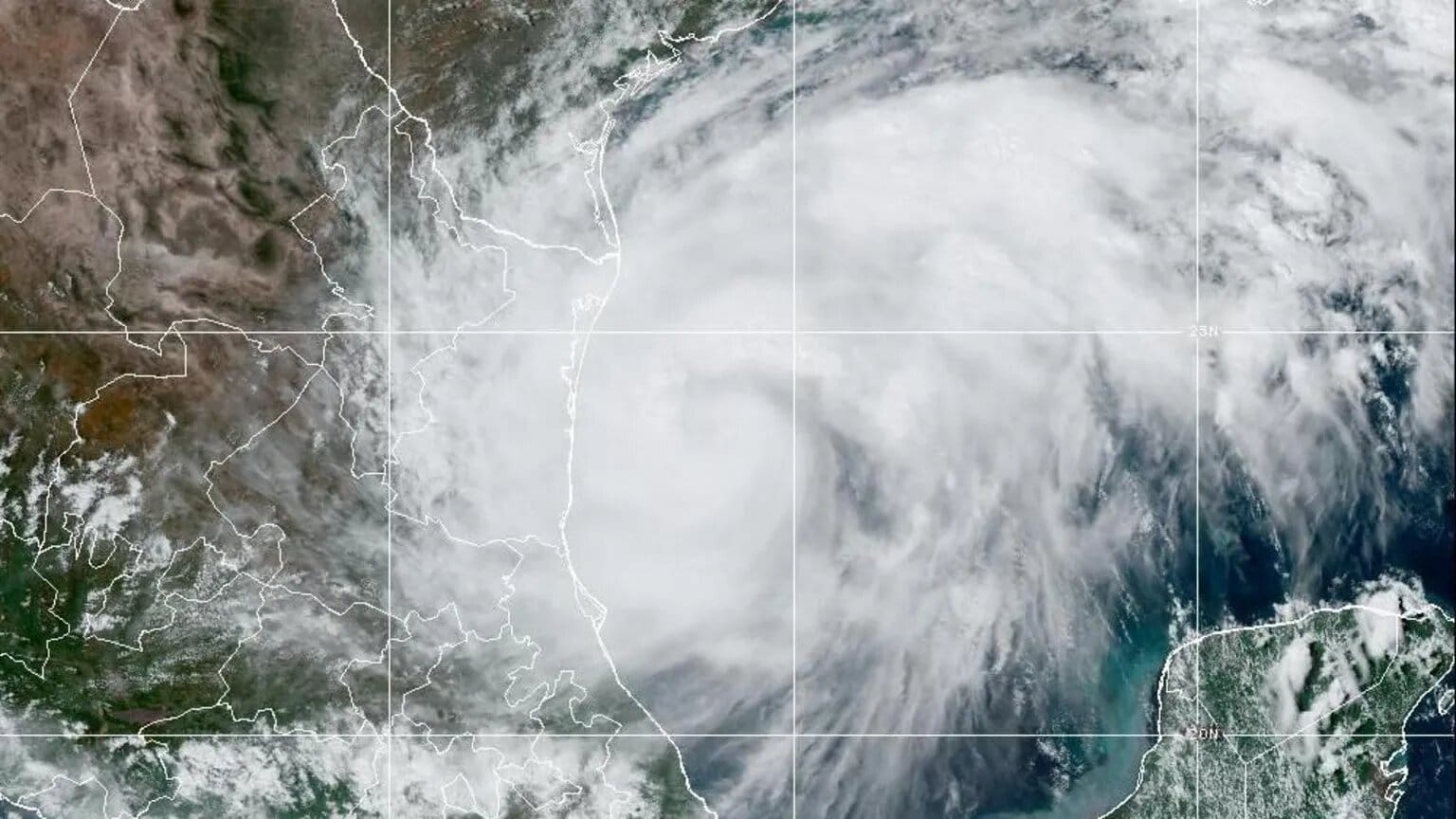Louisiana is ready to face Hurricane Francine
The hurricane is expected to cause considerable flash and urban flooding, particularly in Louisiana and New Orleans.

Louisiana is preparing for Hurricane Francine, which has intensified over the Gulf of Mexico and is expected to make landfall on Wednesday.
The storm, which upgraded from a tropical storm to a Category 1 hurricane on Tuesday, is predicted to reach Category 2 strength by the time it hits Louisiana, according to the National Hurricane Center (NHC).
Both Louisiana and neighboring Mississippi have declared states of emergency ahead of the storm's arrival. Governor Jeff Landry commented at a press briefing on Wednesday afternoon, "It is on our doorstep as we speak."
Francine is anticipated to bring 4-8 inches (10-20 cm) of rainfall, potential tornadoes, and damaging winds to central and eastern Louisiana.
Although the hurricane has not yet made landfall, rain has already begun, and there have been reports of power outages. The NHC has warned that conditions will worsen over the next few hours.
The heaviest rainfall could reach up to 12 inches (300 mm), increasing the risk of significant flash flooding. Residents in eastern Louisiana, Mississippi, southern Alabama, and western Florida have been warned of a life-threatening storm surge, with water potentially rising up to 10 feet (3 meters) in some areas.
Michael Brennan, director of the NHC, advised, “You’re going to want to be in your safe space to ride out the storm likely by tonight,” and recommended that people have a plan to shelter in place until Thursday.

The hurricane is expected to cause considerable flash and urban flooding, particularly in Louisiana and New Orleans. Several coastal parishes in the state have issued voluntary or mandatory evacuation orders.
Some schools and colleges have closed, and Gulf of Mexico oil and gas companies, including Exxon Mobil and Shell, have evacuated staff and suspended operations.
Brennan also warned of widespread power outages, tree damage, and structural damage extending inland to the west of the New Orleans metropolitan area.
Louisiana recently commemorated the 19th anniversary of Hurricane Katrina, which caused over 1,800 deaths and extensive damage.
Texas is also preparing for the storm, with Governor Greg Abbott advising residents to follow local officials’ guidance and prepare for potential evacuation orders.
Abbott noted that the storm’s predicted path might change, and the state has mobilized resources and deployed water rescue teams, with the National Guard on standby if needed.
Francine’s development marks a shift from a quiet August and early September in the Atlantic hurricane season, which generally runs until November.
Experts had forecast a busier season earlier in the year. Sarah Keith-Lucas from the BBC noted that the hurricane comes after a "very quiet spell of weather in the Atlantic basin" and that the previous named storm, Ernesto, occurred on August 12.
This period of calm is unusual for this time of year, which is typically peak hurricane season. Last year, nine named storms formed between August 13 and September 8.
As of Tuesday evening, Tropical Storm Francine, the sixth named storm of 2024, was located approximately 360 miles (579 km) southwest of Morgan City, Louisiana.
Hurricanes are classified on a scale from one to five, with Category 5 being the most severe. Last year’s hurricane season had 19 named storms.





